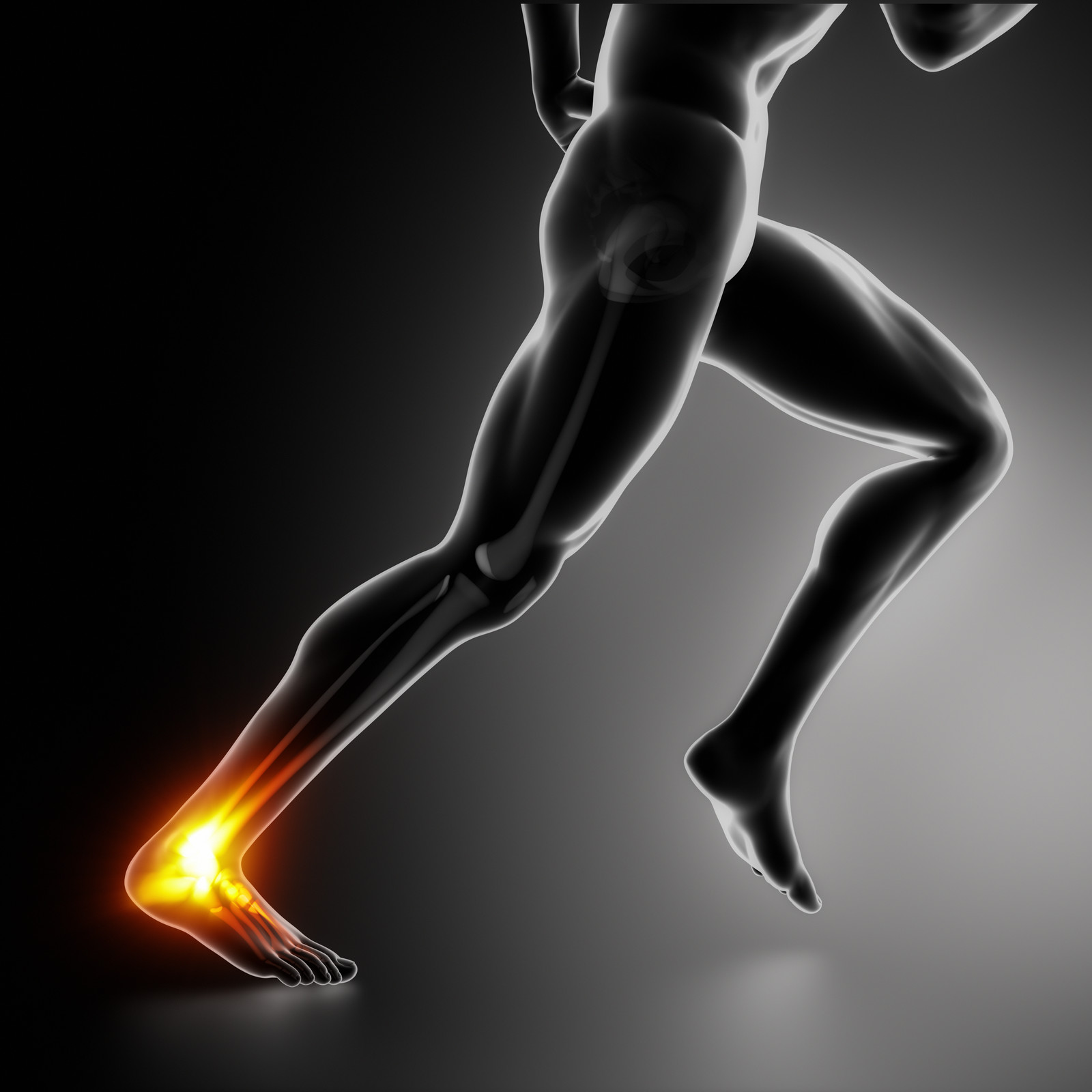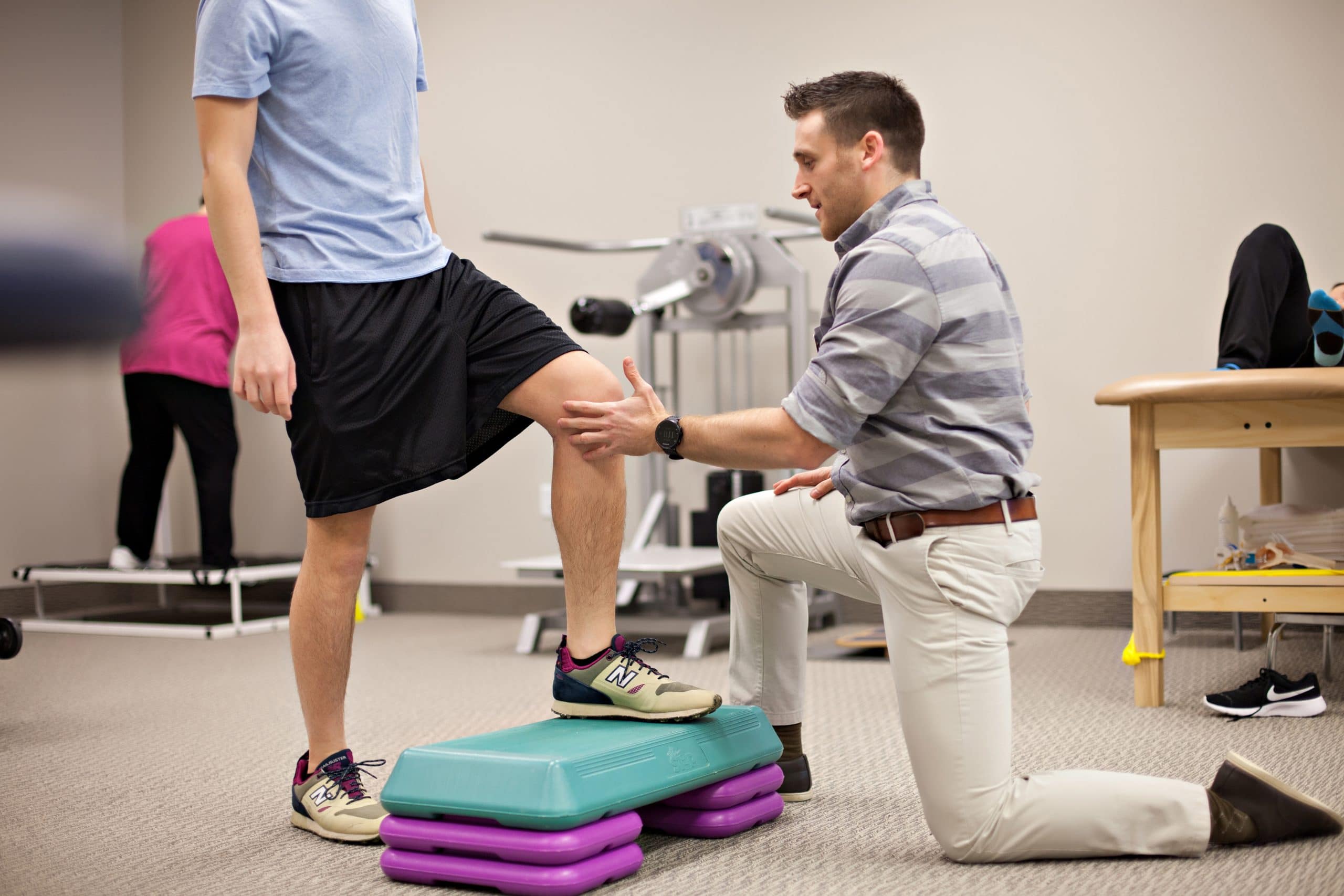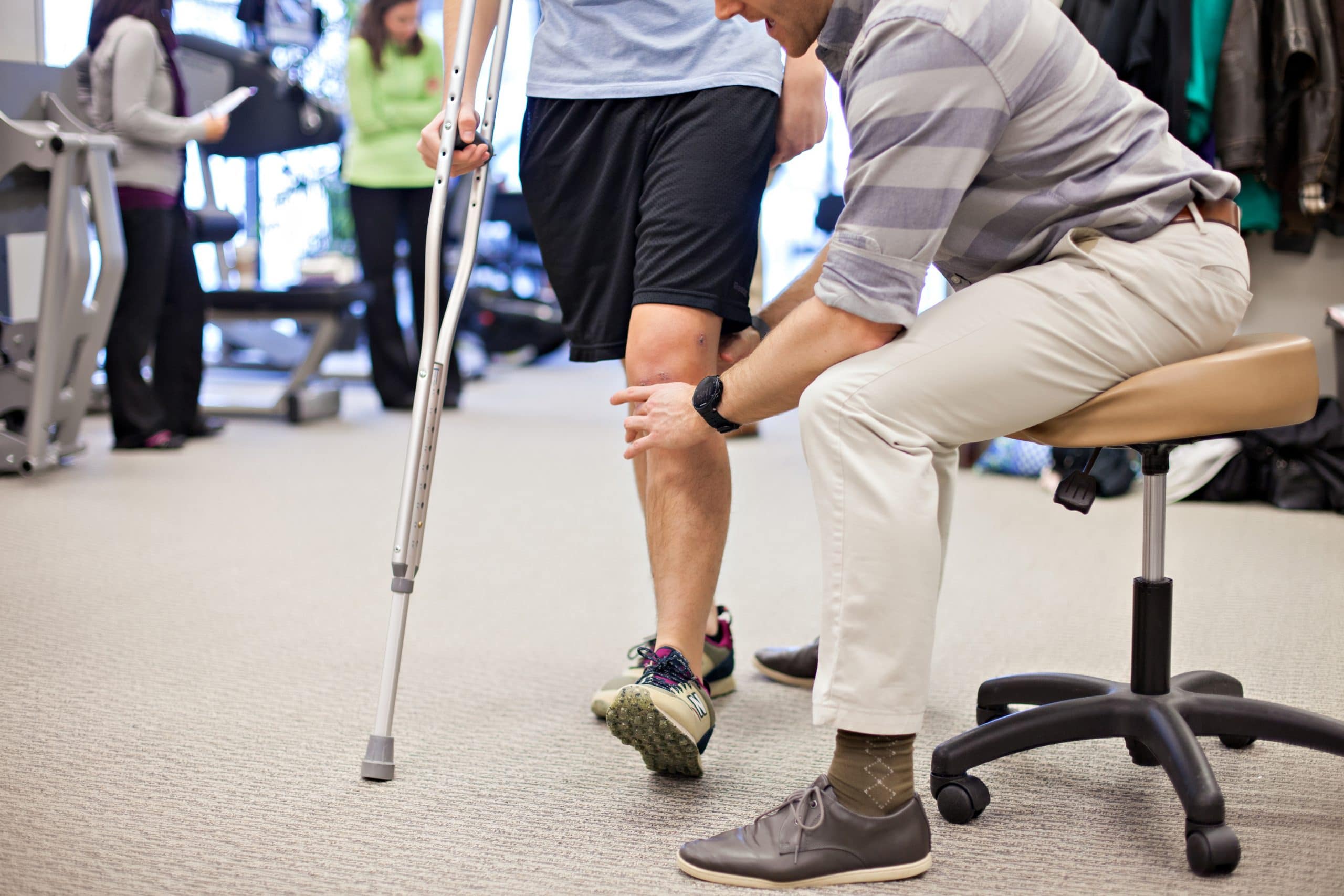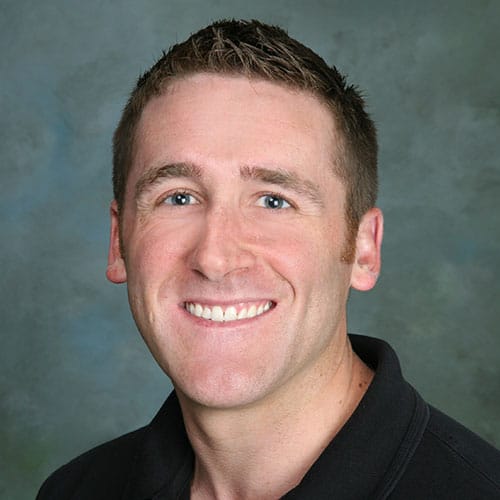How to Navigate Achilles Tendon Ruptures and Recover Fully
We see a fair amount of Achilles tendon repairs across our 14 locations at Hulst Jepsen Physical Therapy. Also called the calcaneal tendon, these little buggers can be one of the most challenging and difficult injuries/recoveries in the world of orthopedics. Mainstream athletics focuses so much on ACL as likely the most prominent injury/surgery in sports. However, prevalence of Achilles tendon ruptures is higher than most think. That skinny tendon is responsible for so much that we do in life on our feet. It needs to propel your entire body weight as you push forward with every step, which makes it the strongest tendon in the body.

You also need that tendon if you’re a physical therapist and using your body to treat at Hulst Jepsen Physical Therapy all day… like me. That’s why my Achilles rupture story is unique. We, as medical providers, are not exempt to the injuries and conditions we treat so often. That day in the Fall of last year for me playing recreational basketball is a story we hear from others frequently, that someone kicked or shot them in the foot. And trust me, it can be daunting to know that between 9 and 12 months are likely required to return to athletic activity. But the good news is most people return and likely sooner with expert medical car. And, oddly enough, it didn’t quite give me the rugged jaw line and silky hair like Brad Pitt in Troy.
Am I at risk?
Most cases of Achilles rupture occur during our 30s and 40s and predominantly in men, although they do occur in women, too. Our body tends to decrease in elasticity as we age. Yea, that’s right. Turns out we all don’t quite move like we did when we were 19. Be cautious if you’re in a job that requires a fair amount of sitting and you opt to play church-league softball or pick-up basketball occasionally. Almost just as much, very active, healthy lifestyles with exercise daily also can rupture the calcaneal tendon. So, it is a bit of a mystery why it happens to some individuals and not others. However, literature does identify how physical fitness level and fatigue may play the most significant role.
Do I need surgery?
Because we’re not surgeons, we won’t go into large detail on your candidacy for surgical intervention, however, recent studies are identifying that non-operative management can be an option for some individuals, given their desired activity level. Those decisions are best saved for your surgeon’s office. Most ruptures occur in a very particular area in the tendon called the “avascular zone.” Blood supply in this area is lower and, therefore, is the tendon’s weakest point. The surgery is like sewing together the ends of two floor mops to restore the muscle’s force production. Your surgeon will discuss with you the techniques used in performing this procedure.
Opting for surgery was the right decision for me and I was blessed to have a great team care for me at River Valley Orthopedics, led by one of the leading surgeons for foot and ankle, Dr. Cameron Patthanacharoenphon.
What’s the rehab and physical therapy look like?
Let’s be honest, any surgery and recovery is difficult. However, the Achilles tendon has a high risk for psychosocial influences like anxiety and depression. Think about it. At the time you’re in your 30s or 40s you’ve likely experienced one of or all of the following: gotten married, started a career, had kids, bought a home. Supporting all of these life events can be profoundly effected by this recovery. In particular, rupturing your right Achilles can compound the effect given your inability to drive. It is often critical to have the support of family, friends, coworkers, and even your physical therapist. Trust me when I tell you that you’ll feel the difference at Hulst Jepsen Physical Therapy as we’ll be with you every step of the way.

Your surgeon will dictate the course of your initial weeks following surgery. Most people are immobilized with their foot slightly pointed, called plantar flexion, and then progressive weight-bearing, motion, and strengthening are allowed. There are numerous protocols for rehab following this surgery, but for the most part, you’ll be in an orthotic boot until around 8 weeks after surgery. Then begins the fun part! Although cleared to weight-bear at this point, we highly suggest at least a crutch to assist your walking pattern and minimize compensations throughout the rest of your body while you learn to walk again. Physical therapy involves lots of hands-on (manual therapy) soft tissue work and cutting edge techniques on the parts of your leg that will require it. Exercises to strengthen your hips and pelvis are critical in getting your body back to being on your feet again and we know the progressions to maximize your outcome. By and large, the most challenging part of rehab is strength and endurance of your calf muscle. It takes patience and discipline in your home exercise plan dictated by your Hulst Jepsen physical therapist. We have a specific progression to know how to get your strength back as fast as possible. And in most cases, you’ll be back to walking normally between 3 and 4 months following surgery.

For active individuals who have athletic goals, we’ll ask you to wait to run until a few things are observed. Among other tests, we need to see you can walk normally without a limp, do a single-leg calf raise with full height, and hop on one foot repeatedly without looking like a baby deer on ice for the first time. These tests are important and it takes persistence and consistency to get there. Most of our athletes are finding return to their individual sport between 9 and 12 months with great success!
The Hulst Jepsen difference is key. My Achilles journey rests with the support of my Hulst Jepsen family. The support and love I’ve received across our company is unmatched and has allowed me to rest in my faith as my foundation.
It would be a privilege to serve you as you navigate the desert that is Achilles Tendon Repair. We fully understand your multi-faceted needs… sometimes, it’s because they’re ours, too! If you would like to learn more about Achilles tendon repairs and the rehab process please feel free to reach out to any of our 14 locations and our therapists will be happy to assist you in any way they can!
